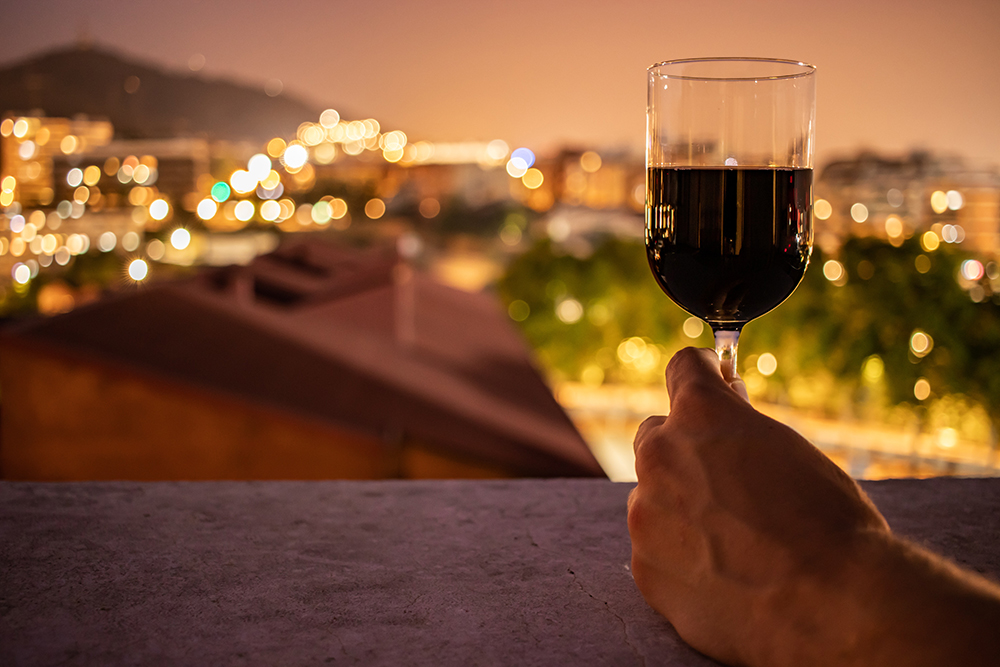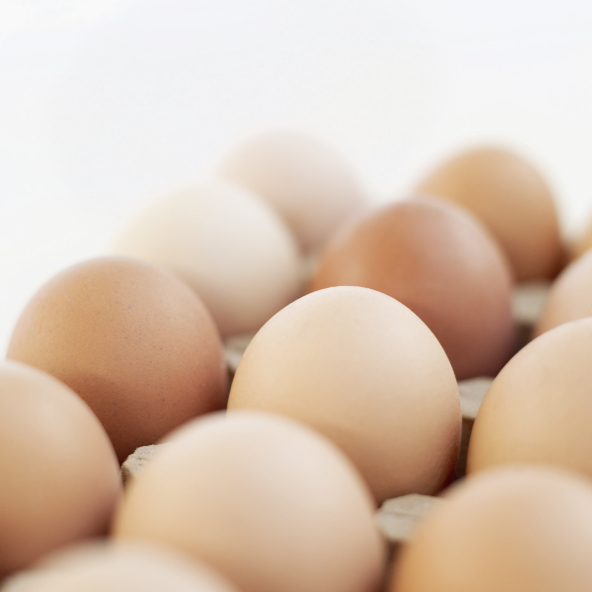Worksite Wellness Programs – Does your employer influence your choices?
Right now there are a number of federal rules that limit what employers and insurers can do to encourage and reward healthy behavior, such as being physically active, losing weight, and smoking cessation.
President Obama has outlined 8 principles for health legislation that will make it easier for employers to provide worksite wellness and prevention programs, such as tax credits and other subsidies. The goals of worksite wellness programs would be to promote heart health, decrease obesity, manage diabetes, and other chronic health conditions.
Some proposals provide periodic screenings for health problems and others include counseling focused on healthier lifestyles. By becoming healthier, employees will reduce health care costs and productivity increases. Rewards for achieving a healthier lifestyle may include financial incentives, such as gift certificates and cash rewards. Some insurers already reward employees with lower health insurance premiums.
Of course, there’s always going to be the “other side of the coin” as some criticize the plan, saying employers will be prying too much into employee’s personal lives.
What do you think? Would a good worksite wellness program influence you to take action to live a healthier life?
One option to achieve a healthy worksite is by incorporating the Worksite Wellness Programs available to you.
All the best,
Lisa Nelson RD
Heart Health – Are Omega 6's Good or Bad?
I and other experts so frequently discuss omega 3 fatty acids and the health benefits that you may think all other types of fat are “bad”. That’s not the case. There are many types of heart healthy fats, including omega 6 fatty acids. At least 5-10% of your daily calories should come from omega 6 fatty acids. Some sources of omega 6’s are safflower, sunflower, and soybean oils. Replacing unhealthy fats in your diet with heart healthy unsaturated fats (such as omega 6’s) can decreased coronary heart disease by 24%.
The problem comes from our diets containing too much omega 6. The typical American diet is very high in omega 6 fatty acids. This leads to problems with inflammation when the ratio of omega 3 to omega 6 intake is drastically distorted and is why you don’t hear experts recommending you increase omega 6’s in your diet. You probably have more than enough already and need to work on balancing your omega 6’s with omega 3’s to promote optimal heart health.
February is American Heart Month. In recognition of American Heart Month you can access Heart Health Made Easy at a 25% savings. Learn more about this take action guide to lower cholesterol and blood pressure at http://www.hearthealthmadeeasy.com.
All the best,
Lisa Nelson RD
Be Heart Healthy and Lose Weight
How to Lower Triglycerides for a Lower Total Cholesterol

I’ve recently answered several questions related to triglycerides. These questions range from “What are triglycerides?” to “My triglycerides are 400, do I need to worry?” on to “Help, my triglycerides are 1200, how do I fix this?”
So, I’m going to answer all these questions here for those of you who are wondering, but haven’t asked.
What are triglycerides?
Triglycerides are a type of fat. Actually, they’re the most common type of fat in foods and in your body. When you eat foods containing fat and oil, such as butter, French fries, and chocolate chip cookies, the body takes the fat and stores it in your body as triglycerides. So, all those “fat cells” in your body are made up of triglycerides.
What do triglycerides have to do with cholesterol?
When you see your MD, he or she may order a “lipid panel” (lipid is a fancy term for fat). From the lipid panel you will learn your total cholesterol, HDL (good) cholesterol, LDL (bad) cholesterol, and triglycerides.
Total cholesterol = HDL + LDL + VLDL
Well, what in the world is VLDL? Not something you’ve probably seen or heard of before. VLDL is an acronym for Very Low Density Lipoproteins, another “bad” type of cholesterol. Triglycerides are used to calculate VLDL levels in your blood.
Triglycerides x 20% = VLDL (bad) cholesterol
Also, the liver uses triglycerides as fuel for cholesterol production. So, if you eat a high fat (triglyceride) diet, the liver will increase its’ production of cholesterol and put more cholesterol out into your blood.
What is a normal triglyceride level?
You want your triglycerides to be below 200 mg/dL. Borderline high triglycerides are from 200-500 mg/dL. Triglycerides are high risk above 500 mg/dL.
Some experts argue that 200 mg/dL is too high and that a normal level should be less than 150 mg/dL. The numbers I’ve listed above are the current guidelines from the National Cholesterol Education Program Expert’s Panel.
If your triglycerides are high your heart disease risk increases.
What you can do when lowering triglycerides?
1. Limit simple sugars.
Unlike other types of cholesterol, triglycerides are affected by sugars you eat. You need to limit foods such as soft drinks, candy, baked goods, syrup, table sugar, jelly, and honey. A high intake of fruit juice can also raise triglyceride levels since juice contains a high content of natural sugars.
2. Limit alcohol.
If your triglycerides are borderline high or high risk, discuss your alcohol intake with your MD. My recommendation for borderline high (200-500 mg/dL) is to limit alcohol to no more than 1 drink per day for women, 2 drinks per day for men. One drink equals 12 ounces beer, 4 oz wine, or 1 ½ ounces liquor. If your triglyceride level is high risk (great than 500 mg/dL) I recommend NO alcohol. Again, discuss your situation with your MD.
3. Lose weight and/or maintain a healthy weight.
Many times weight loss alone will lower your triglycerides. Losing as little as 10% body weight could drop your triglycerides back to the normal range.
4. Choose a low-fat diet.
To achieve lower triglyceride levels, maintain a dietary intake of 30% or less of total calories coming from fat. A healthy diet for normal triglyceride levels should consist of whole grains, beans, fruits, vegetables, low-fat dairy, and lean meat.
5. Increase your physical activity.
Boosting your activity can lower your triglycerides up to 40%. If you’re not currently active, talk to your MD before starting an activity program. To reduce triglycerides, be physically active at least 30 minutes on 3 or more days each week. The more activity the better.
Triglycerides aren’t all bad. They provide efficient energy storage, cushion your organs, transport certain vitamins, and keep you warm by providing insulation. What’s important is to keep them under control!
All the best,
Lisa Nelson RD
 |
Heart Health Made Easy: Master the Basics to Lower Blood Pressure and Cholesterol for a Longer, Healthier Life
|
Cholesterol in Egg – Are eggs "good" or "bad" for cholesterol?

To lower cholesterol, it’s frequently recommended to limit egg intake, specifically the egg yolk. Egg yolks are a concentrated source of cholesterol, while egg whites contain primarily protein. However, while dietary cholesterol can impact cholesterol levels within the body, saturated fat actually has a greater impact on LDL cholesterol levels.
A 1999 study found little impact of consuming one egg daily on blood cholesterol levels. It’s currently recommended, for individuals with normal cholesterol levels, to limit dietary cholesterol intake to 300 mg or less daily. Cholesterol in egg – One egg contains 210 mg of cholesterol within the egg yolk. If you have high LDL cholesterol, the current recommendations are to limit dietary cholesterol to 200 mg or less per day.
If you enjoy eggs, there are alternatives, such as replacing the egg yolks with more egg whites or using products, such as Egg Beaters, which provide an excellent source of protein minus the cholesterol.
All the best,
Lisa Nelson RD
How to Lower Cholesterol in 8 Simple Steps
Lower Cholesterol – How much omega 3 do you need to lower cholesterol?

Increasing the amount of omega-3 fats in our diet and decreasing the amount of omega-6 is beneficial in reducing your risk for heart disease. Most American’s consume a high omega-6 diet, with omega 3 being a common deficiency. Omega 3 deficiencies and the imbalance between omega 3 and omega 6 intakes have been linked with serious conditions, including heart attacks. Successfully maintaining a ratio of 4:1 to 1:1 omega 6 to omega 3 will help lower cholesterol levels and control high blood pressure.
Now, how much omega 3 do you need to add?
This is under debate and more research is being done. Right now the range experts recommend is from 500-2000 mg/day. Here are the current American Heart Association (AHA) recommendations.
The AHA recommends that individuals without heart disease eat a variety of fish twice a week, use heart healthy oils (flaxseed, canola, soybean oils), and consume flaxseed and walnuts.
For individuals with heart disease, the AHA recommends 1 g of EPA (eicosapentanoic acid) + DHA (docosahexaenoic acid) daily, preferably from fatty fish.
The AHA recommends 2 to 4 g of EPA + DHA daily, under physician’s care only, for individuals that need to lower triglycerides. High doses, > 3 grams/day, can result in excessive bleeding. (Do not self medicate! Talk to your MD before supplementing greater than 2 grams.)
Omega 3 Content of Different Foods
Wild Salmon, 4 oz. 1700 mg (DHA 700 mg, EPA 400 mg)
Tuna canned in water, 4 oz. 300 mg (DHA 200 mg, EPA 50 mg)
Cod, 4 oz. 600 mg (DHA 160 mg, EPA 50 mg)
Flaxseed, 1 Tbsp. 1000 mg (ALA – alpha–linolenic acid – 1000 mg)
Soybeans, dried, cooked ½ cup 500 mg (DHA/EPA 250 mg, ALA 250 mg)
Walnuts, 1 oz. 2570 mg (ALA 2570 mg)
Pecans, 1 oz. 280 mg (ALA 280 mg)
Wheat germ, ¼ cup 210 mg (ALA 210 mg)
Canola oil, 1 Tbsp 1300 mg (ALA 1300 mg)
Olive oil, 1 Tbsp 100 mg (ALA 100 mg)
Now, there’s a reason I included details on amounts of ALA, DHA and EPA for each omega 3 source. Right now, DHA and EPA have a greater link with lower cholesterol levels, lower triglycerides, and higher HDL levels than ALA. The body is able to convert ALA to EPA and DHA, but the conversion rate is low; therefore, it is best to include high DHA and EPA sources in your eating plan.
My recommendation:
As a preventive measure and to promote lower cholesterol and blood pressure control, I recommend eating fish twice a week, select a supplement that will provide you at least 1000 mg of omega 3 fatty acids daily (choose a good source of DHA and EPA), and use ground flaxseed when appropriate in your meal preparation.
February is American Heart Month. In recognition of American Heart Month you can access Heart Health Made Easy at a 25% savings. Learn more about this take action guide to lower cholesterol and blood pressure at http://www.hearthealthmadeeasy.com.
All the best,
Lisa Nelson RD
2009 Essential Wellness Telesummit – Be Happy, Healthy, and Wealthy
Liz Copeland has brought together leading international experts and authors in the fields of health, happiness, and life enrichment to bring you the 2009 Wellness Telesummit! Join us to learn about essential wellness!
Join Liz and three other experts for a FREE 4-day Telesummit to guide you to:
- forgiving the unforgiveable to gain perfect freedom
- shedding the inner and outer clutter – so you can have love, health and financial abundance
- be heart healthy and live long
- overcoming the number one diet-sabotage habit so you can be the shape of your dreams
The Telesummit begins Monday, April 20, 2009.
All the best,
Lisa Nelson RD
Be Heart Healthy and Lose Weight



